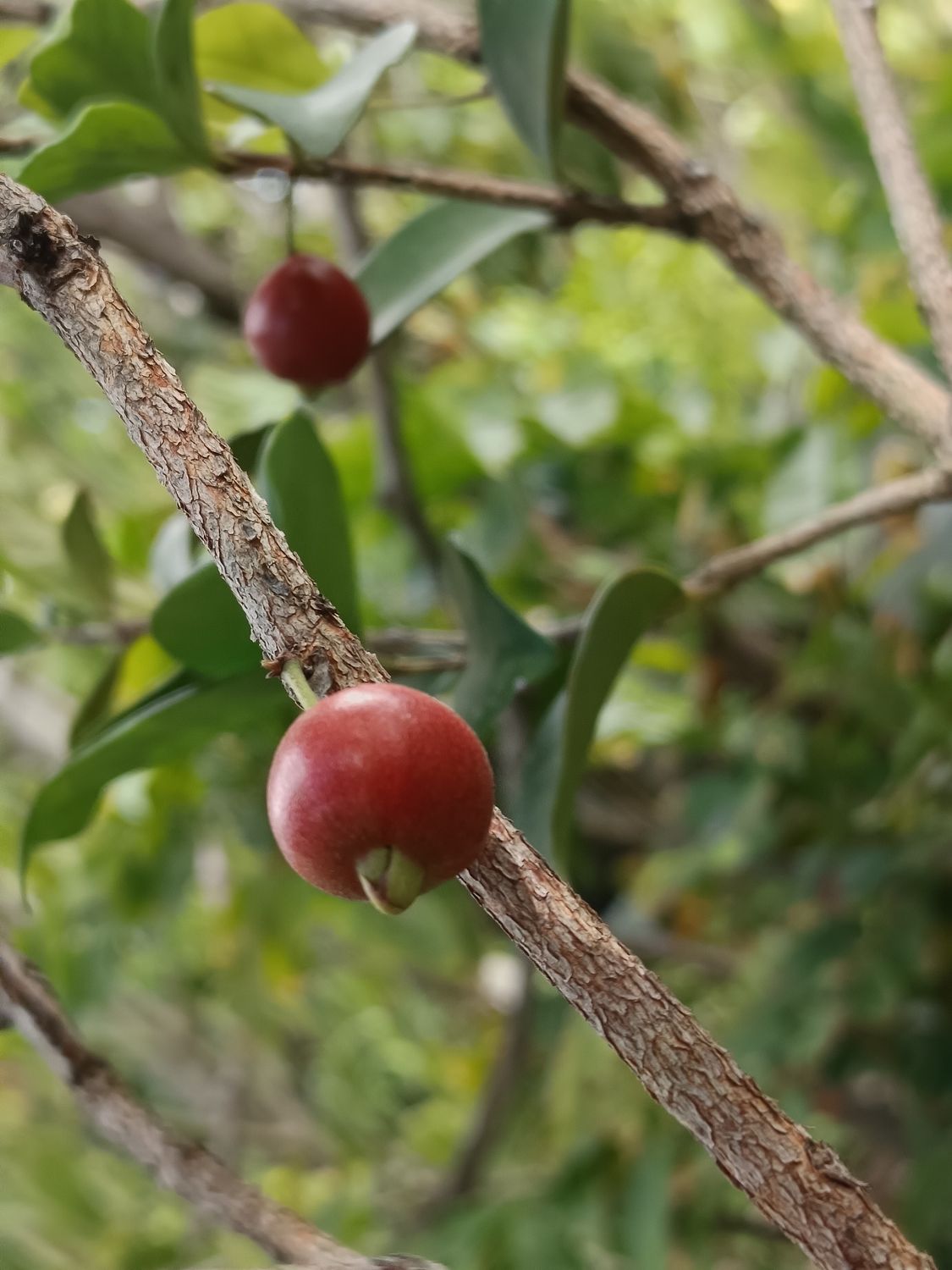Cedar Bay Cherry- Small
Cedar Bay Cherry (Eugenia reinwardtiana), also known as the Beach Cherry, is a versatile and compact fruiting shrub that thrives in tropical and subtropical climates. With its attractive glossy leaves and small, edible red fruits, this plant not only adds aesthetic value but also produces mildly sweet berries loved by wildlife and people alike. It’s ideal for growing in coastal areas or gardens with sandy soils, can fruit in heavy shade.
Features:
Ideal Prune Height Range: 1.5m to 2.5m
pH Growing Conditions: 5.5 to 7.5
Shade: Prefers light shade to 80% shade especially when young.
Minimum Pot Year 5: 30L
Time to Fruit Age: 2 to 3 years
Interesting Notes: Tolerates coastal conditions, making it ideal for seaside gardens. The fruits are excellent for fresh eating or making jams. Attracts birds and pollinators.
Grow this low-maintenance shrub to enjoy fresh fruit and support local wildlife. Perfect for small spaces or container gardening. Keywords: Cedar Bay Cherry, Eugenia reinwardtiana, edible fruit shrub, coastal gardening, tropical plant.
More Common Names:
Cedar Bay Cherry
Beach Cherry
Australian Beach Cherry
Mountain Stopper
Nioi (Hawaiian name)
Kuranda Cherry
Kwai Muk Cherry (note: sometimes confused with Artocarpus hypargyraeus)
Native Cherry (less commonly used, may overlap with other species)
---
Native Regions:
Northern Queensland, Australia – especially around the Cedar Bay area (hence the name)
Indonesia – found in tropical forests
Papua New Guinea – part of its natural range
Pacific Islands – including Vanuatu and Solomon Islands
Northern Territory, Australia – in coastal and subcoastal areas
Introduced to Hawaii, where it has naturalised and is often grown in tropical gardens
